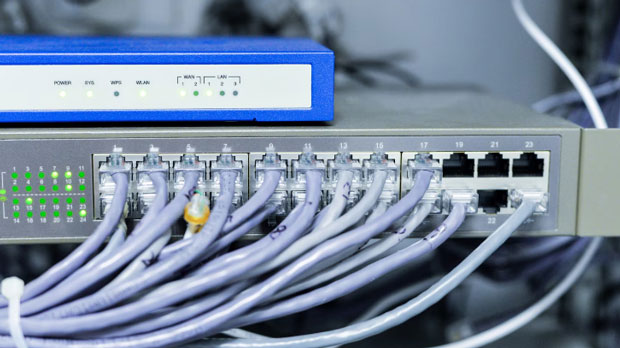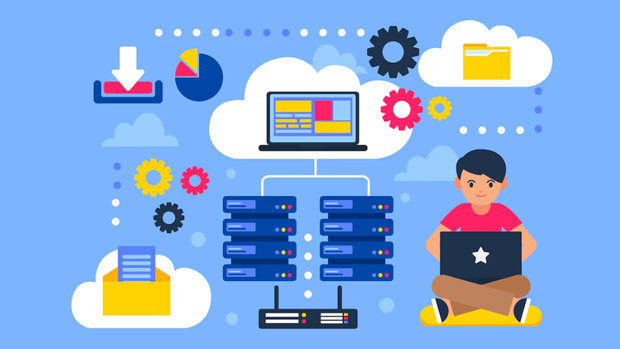In the world of proxy services, reliability, security, and the ability to bypass online restrictions are paramount. Anti-blocking performance is a key factor when evaluating proxies, especially when comparing services such as Oxylabs residential proxy and PYPROXY. Both offer solutions for circumventing geo-restrictions and preventing IP blocks, but the effectiveness of these services varies in different environments and for specific use cases. In this article, we will examine the anti-blocking capabilities of Oxylabs Residential Proxy and PyProxy to help users understand which is more reliable for their needs. Understanding Anti-Blocking CapabilitiesBefore diving into a detailed comparison, it’s essential to understand what "anti-blocking capabilities" really mean in the context of proxy services. Simply put, anti-blocking refers to a proxy’s ability to avoid detection and prevent being blocked by websites, servers, or online services. Proxies that excel in this area are more capable of maintaining a stable connection while performing tasks like web scraping, bypassing geographic restrictions, and maintaining anonymity without triggering anti-bot protections.Effective anti-blocking strategies include techniques such as IP rotation, real-time proxy pool updates, use of residential IP addresses, and managing request headers to make the proxy traffic appear as legitimate as possible. The more diverse and dispersed the proxy pool, the harder it is for target sites to detect and block traffic from these proxies.Oxylabs Residential Proxy: Strengths and Weaknesses in Anti-BlockingOxylabs Residential Proxy is a well-known service offering a variety of proxy solutions, including residential proxies. While Oxylabs Residential Proxy has a relatively strong reputation in the market, its anti-blocking abilities are dependent on several factors. The effectiveness of Oxylabs Residential Proxy’s residential proxies comes from the fact that they use real IP addresses from real users, which makes it harder for websites to distinguish proxy traffic from regular traffic.However, Oxylabs Residential Proxy’s pool of IPs may not be as vast or as geographically dispersed as some competitors, leading to an increased risk of detection by websites with advanced anti-bot mechanisms. For example, websites using machine learning models to identify patterns in IP traffic may be able to pinpoint and block smaller, less diversified proxy pools more quickly than larger services like PyProxy.PyProxy: Superior Anti-Blocking FeaturesPyProxy, on the other hand, is a highly respected provider of residential proxies with an extensive and geographically diverse proxy pool. PyProxy’ anti-blocking capabilities stand out due to its large-scale operation, which offers users access to millions of residential IPs across the globe. This extensive pool of IPs allows for frequent IP rotation, a technique that significantly reduces the chances of detection and blocking.PyProxy also employs sophisticated anti-blocking mechanisms, such as its premium proxy infrastructure, which includes high-speed proxies optimized for avoiding CAPTCHAs and bot-detection algorithms. The company’s proactive monitoring system ensures that proxies are updated regularly to bypass new security measures, and its advanced IP filtering systems improve proxy reliability even in highly restrictive environments.Furthermore, PyProxy uses a blend of residential IPs with diverse locations, including dynamic IP rotation and frequent proxy pool replenishments. This makes it harder for websites to track and block traffic, as the proxies are continually changing, ensuring a smooth and uninterrupted browsing experience.Comparative Analysis of Anti-Blocking CapabilitiesTo determine which of these services—Oxylabs Residential Proxy or PyProxy—has the more reliable anti-blocking capabilities, we need to assess several aspects:1. Proxy Pool Size and DistributionAs mentioned earlier, the size and diversity of a proxy pool are crucial in avoiding detection. PyProxy excels here with a massive pool of residential proxies from diverse geographical regions. This global spread makes it more difficult for websites to detect and block IP addresses. Oxylabs Residential Proxy, while competent, does not have the same scale or distribution, potentially leading to higher risks of detection on highly restricted websites.2. Frequency of IP RotationFrequent IP rotation is one of the most effective ways to avoid blocking. PyProxy offers advanced IP rotation, which changes the IP address after each request or at specified intervals. This ensures that websites cannot track or block the proxy quickly. Oxylabs Residential Proxy, however, offers IP rotation but at a less frequent rate, which may expose users to more detection risks over time.3. Advanced Anti-Blocking MechanismsPyProxy has invested significantly in its anti-blocking technology. Their proxies are optimized to bypass CAPTCHAs, JavaScript challenges, and other security measures. Additionally,PyProxyprovides users with more sophisticated features like session control, sticky IPs, and dedicated proxies, all of which reduce the likelihood of encountering blocks.Oxylabs Residential Proxy, while effective, does not offer the same level of advanced technology. Although it does provide residential proxies with rotating IPs, its infrastructure does not feature the same level of optimization for bypassing anti-bot technologies or maintaining a stable connection in the face of sophisticated security measures.4. Proxy Stability and SpeedIn terms of proxy speed and stability, PyProxy stands out. The company’s infrastructure is designed to handle large amounts of traffic without compromising speed or reliability. Its proxies are highly stable, which is critical for users who rely on proxies for activities like web scraping, data mining, or accessing content that requires consistent connections.Oxylabs Residential Proxy, on the other hand, can occasionally experience instability in its residential proxy pool, especially when its smaller IP pool is overutilized. While Oxylabs Residential Proxy generally provides reliable proxies, users may notice occasional lag or downtime if the system is under heavy load.5. Customer Support and ServiceAnother crucial aspect when considering the reliability of a proxy provider is customer support. PyProxyoffers 24/7 customer support with a dedicated team that can assist with troubleshooting, technical issues, and proxy management. This high level of customer support is especially valuable for users who need immediate assistance with anti-blocking concerns.Oxylabs Residential Proxy, while offering customer support, may not have the same level of responsiveness or the specialized expertise found in PyProxy’ support team. Users of Oxylabs Residential Proxy may sometimes experience delays when seeking help with complex issues related to blocking or IP rotation.Conclusion: Which is More Reliable for Anti-Blocking?In conclusion, while both Oxylabs Residential Proxy and PyProxy offer solid residential proxy solutions, PyProxy proves to be the more reliable service when it comes to anti-blocking capabilities. The larger proxy pool, advanced anti-blocking features, superior speed, and stability make PyProxy the more robust option for users who need to bypass sophisticated anti-bot mechanisms. Oxylabs Residential Proxy, on the other hand, remains a viable option for users with less demanding needs, but its smaller pool and lower frequency of IP rotation may make it more vulnerable to detection, especially in highly restrictive environments. Therefore, for users requiring high-level anti-blocking performance, PyProxy stands out as the more reliable choice.
Sep 25, 2025



































































